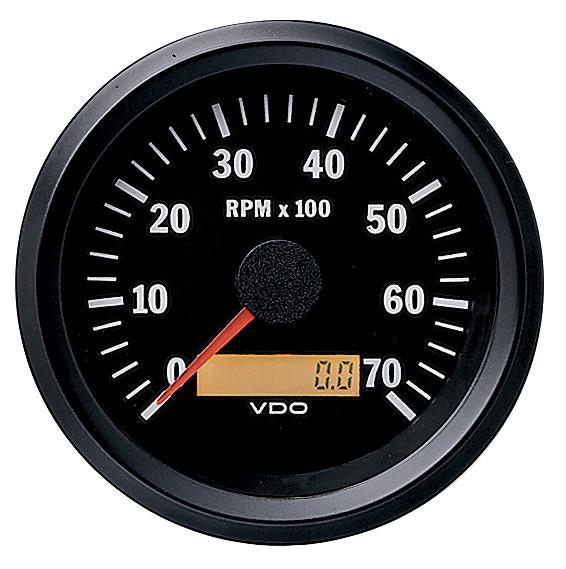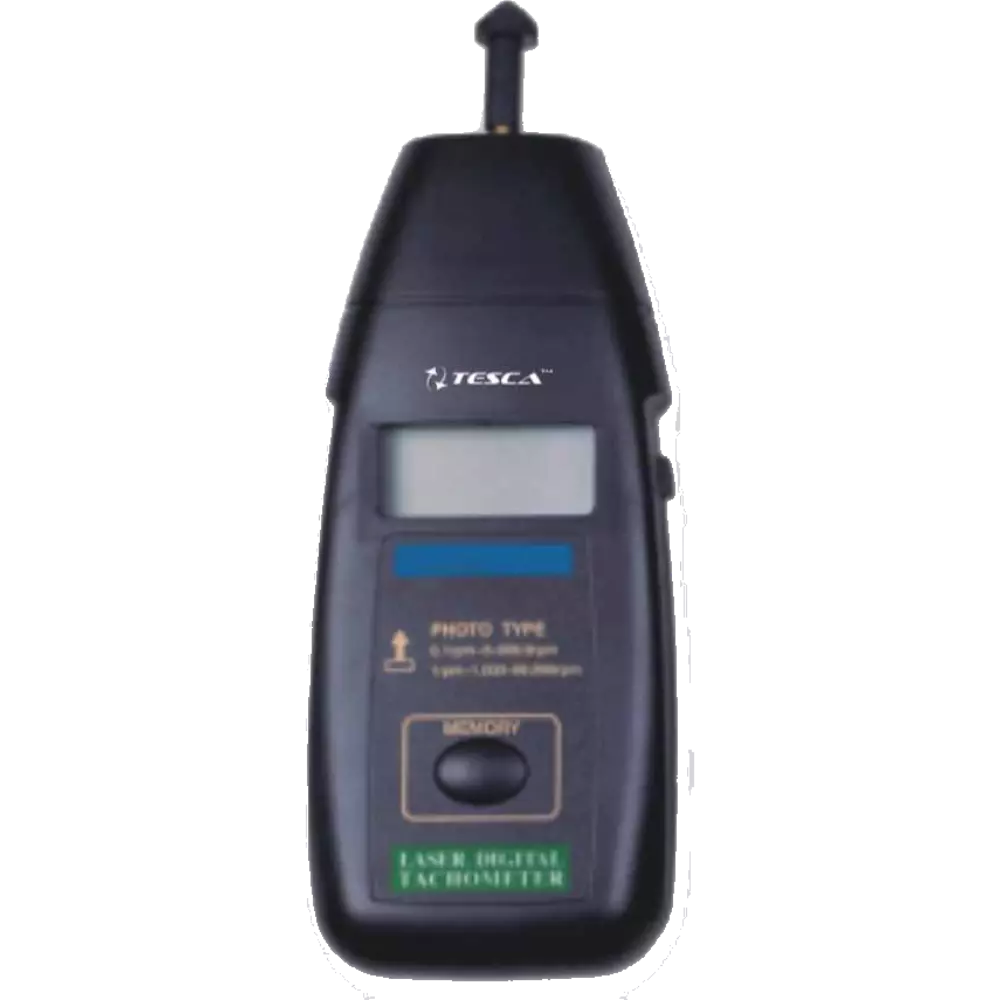Top Reasons Why Every Vehicle Driver Requirements a High-Quality Tachometer
Top Reasons Why Every Vehicle Driver Requirements a High-Quality Tachometer
Blog Article
The Relevance of a Tachometer in Monitoring Engine Rate and Efficiency in Automotive Applications
In the world of automobile design, the tachometer stands as a crucial instrument in the vehicle driver's toolbox, giving a straight home window right into the internal functions of a vehicle's engine. Beyond its feature as a simple scale of revolutions per min (RPM), the tachometer acts as a critical device for lovers and experts alike, using real-time understandings right into engine performance and wellness. Comprehending the importance of this tool exceeds surface-level observations, delving into the elaborate partnership between engine speed, power outcome, and total driving experience. As we discover the diverse role of the tachometer in auto applications, a deeper gratitude for its effect on automobile characteristics and effectiveness starts to emerge.
Significance of Monitoring Engine RPM
Keeping track of engine RPM, or revolutions per min, is an essential element of automobile maintenance and efficiency analysis. Engine RPM directly associates with the rate at which the engine's crankshaft rotates, suggesting how swiftly the engine is running - tachometer. By keeping an eye on RPM, mechanics can analyze the health and wellness of the engine, find prospective concerns, and fine-tune efficiency. An uncommon RPM reading might signify issues such as engine misfires, malfunctioning stimulate plugs, or problems with the gas shipment system. Consistently high RPM analyses could suggest aggressive driving behaviors or the requirement for a higher gear shift to enhance fuel efficiency.
Furthermore, monitoring engine RPM is crucial for performance assessment in racing and high-performance vehicles. Keeping optimal RPM levels is important for accomplishing peak power output and acceleration. Racers often utilize tachometers to ensure they are operating within the excellent RPM range for optimum performance. In summary, checking engine RPM is not only vital for spotting issues but likewise for enhancing engine efficiency in different automotive applications.

Benefits of Real-Time Data
In automobile applications, real-time data plays an essential role in supplying instantaneous insights into the efficiency and problem of the vehicle. By continuously keeping an eye on numerous specifications such as engine speed, temperature level, gas consumption, and more, real-time information supplies many benefits that add to boosted efficiency and safety and security when driving.
Furthermore, real-time information assists in performance optimization by offering immediate responses on driving behaviors and engine effectiveness. Chauffeurs can readjust their habits in real-time based on this information to attain much better gas economy and lengthen the lifespan of their car.

Moreover, real-time information plays an essential role in modern automotive diagnostics, allowing service technicians to quickly identify and attend to breakdowns. This leads to minimized downtime, lower maintenance costs, and ultimately, boosted overall car integrity and long life (tachometer). By harnessing the power of real-time data, automotive stakeholders can make informed decisions that favorably affect both the performance and long life of the car
Influence on Equipment Shifts
The tachometer plays a vital role in enhancing equipment shifts by providing real-time engine speed information to the motorist. When coming close to the redline on the tachometer, it signifies the driver to upshift to prevent over-revving the engine and triggering prospective damage.
Moreover, the tachometer help in attaining smoother equipment changes, particularly in manual transmissions. By keeping an eye on engine rate, motorists can carry out gear shifts at the optimal RPM array, reducing snagging movements and decreasing endure the transmission components. This accuracy on duty changes not only boosts driving comfort however also contributes to sustain efficiency.
Enhancing Fuel Effectiveness
Provided the vital role the tachometer plays in maximizing equipment see it here changes for performance and engine wellness, it straight adds to optimizing fuel effectiveness in auto applications. By supplying real-time feedback on engine rate, the tachometer helps vehicle drivers in keeping one of the most reliable RPM variety for gas economic climate. When chauffeurs regularly check the tachometer and change their motoring behaviors as necessary, they can prevent unnecessary fuel usage triggered by over-revving or carrying the engine.
Moreover, the tachometer assists chauffeurs determine the most fuel-efficient gear to be in at any kind of provided click for source moment, stopping the engine from working harder than necessary. This is specifically critical during acceleration and cruising, where remaining in the appropriate equipment can substantially influence fuel performance. Additionally, the tachometer can notify motorists to prospective mechanical concerns that could be negatively affecting fuel economy, such as a slipping clutch or a clogged air filter. To conclude, the tachometer serves as an important device in boosting gas effectiveness by promoting ideal driving habits and determining locations for improvement in the automobile's performance.

Making The Most Of Engine Longevity
The tachometer's function in checking engine rate and performance is instrumental in making certain the longevity of vehicle engines. Keeping an eye on the tachometer allows motorists to remain within the suggested RPM variety for their car, stopping unnecessary pressure on the engine and extending its life-span.

Final Thought
In conclusion, the tachometer plays an important duty in monitoring engine rate and efficiency in auto applications. By giving real-time information on RPM, it enables effective equipment shifts, enhanced fuel efficiency, and made the most redirected here of engine long life. This tool is essential for keeping ideal engine performance and making sure the total performance of a car.
Report this page